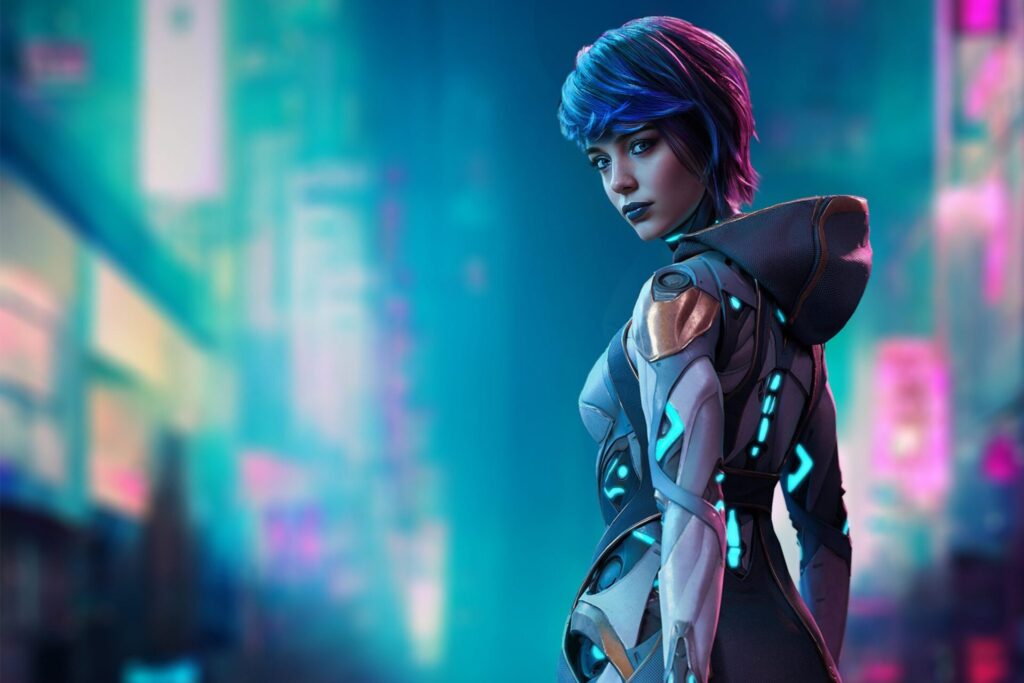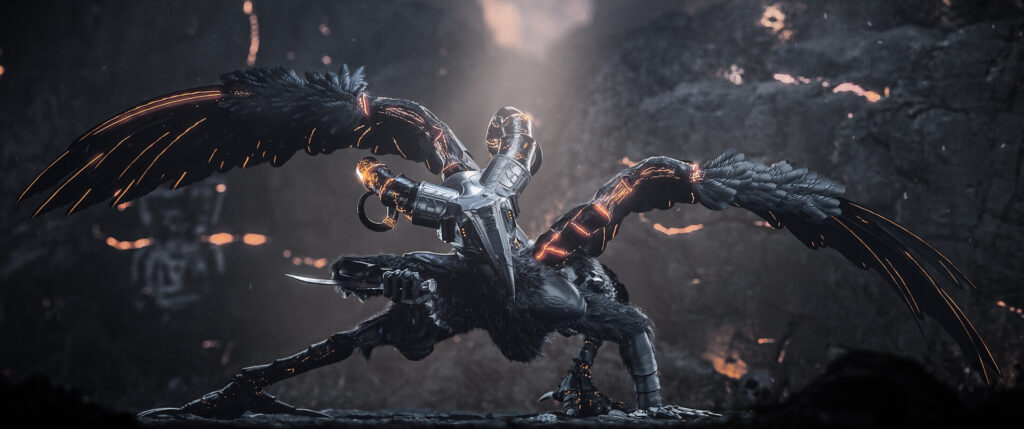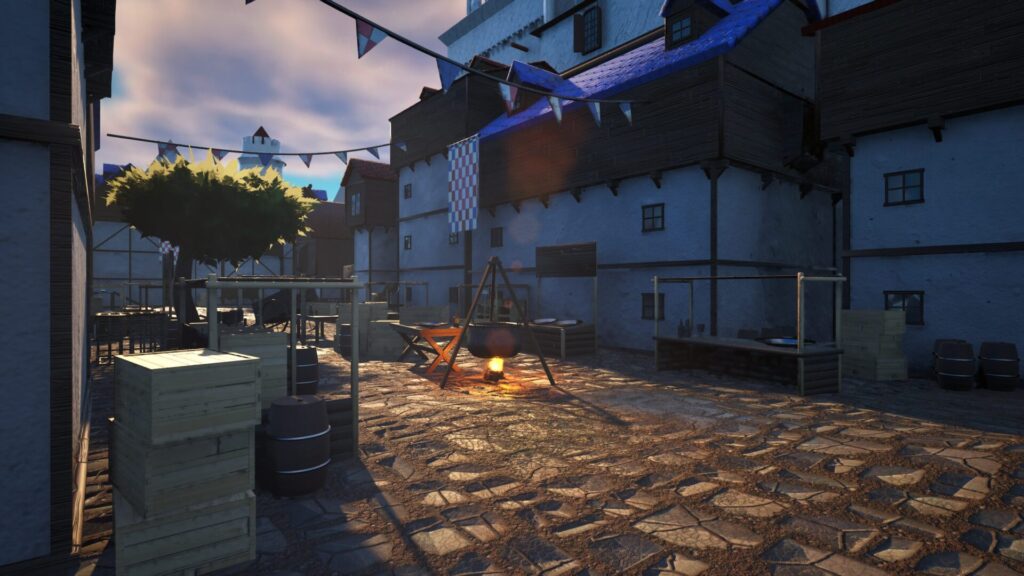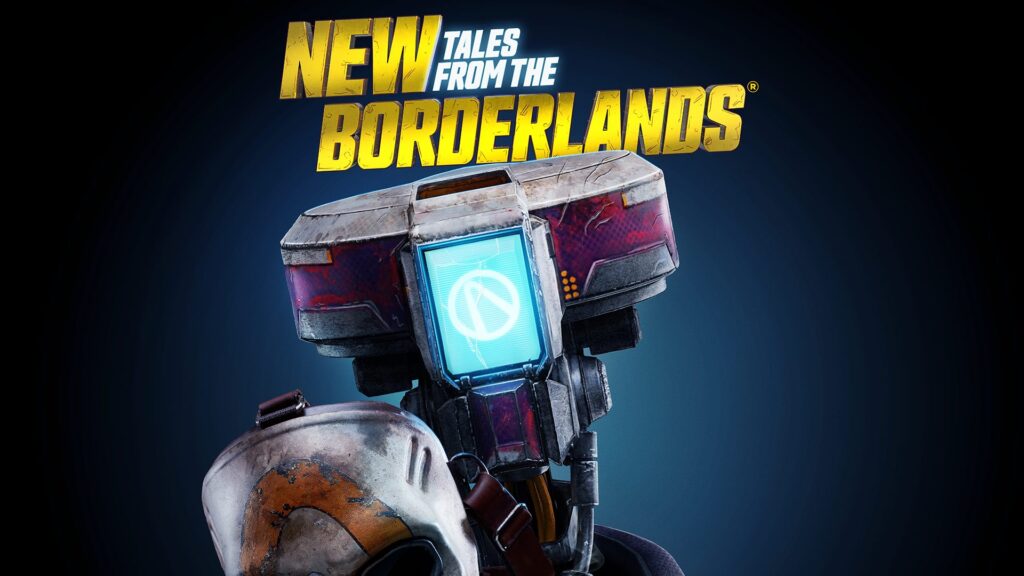
Image courtesy of The Unioverse and Swame Studio
Attracting 28,000 attendees from more than 68 countries, the Game Developers Conference (GDC) brings together a truly diverse and global audience from across the games industry community each year.
Autodesk was at GDC 2024 to reveal innovative tools and workflows that help game developers tackle growing complexity and deliver captivating experiences in some of the year’s top titles.
It’s also the perfect occasion to exchange ideas and insights that are shaping the game industry, both now and in the future.
Here are five key trends that emerged from this year’s GDC:
1) Content is more diverse and accessible
The rise of subscription models has fundamentally changed the way players access and engage in games. Not only do they have more choice and flexibility in gaming experiences, the barrier of entry to play is lower with cloud expansion, which allows game streaming on a variety of devices. This trend will only accelerate, with the number of users paying for cloud gaming services expected to grow from 39.6 million in 2023 to over 85 million by 2026*.
The democratization of access for a wider audience to a broader range of games is also driving content explosion. Many countries are increasing investment to grow their local economy while creating culturally inclusive content.
To meet demand, game creators must optimize file sizes and evolve their asset pipeline. Production management and review tools like Flow Production Tracking (formerly ShotGrid) and Flow Capture (formerly Moxion) increase security, enhance collaboration, and help developers create content faster.
2) Game complexity keeps growing

Image courtesy of Michael Shkliaryk
Improved technology leads to more sophisticated games. Developers can and do create more realistic and detailed environments, characters, and objects in games.
This heightened sense of realism makes the content more visually appealing and captivating. Armed with better tools to bring artistic style and narratives to life, developers can create memorable gaming experiences and inspire loyalty.
The inclusion of high-fidelity assets, such as 3D character animation, intricate textures, and 3D models contribute to a game’s size. It can be a challenge for developers to manage these assets.
Creating and reviewing assets within the huge worlds of a game is time consuming, especially when it comes to testing for bugs, glitches, and asset polishing, which can become more complex with each build.
Autodesk game development software like Maya is designed to handle large data sets, helping game makers create art that meets heightened game player expectations. And, with Flow Production Tracking (formerly ShotGrid), teams can easily iterate on and manage the progress of the many assets required to build complex game worlds.
3) Content creation ecosystems alter the gaming industry
The success of content creation ecosystems such as Fortnite and Roblox as top revenue earners highlights the competitive challenge that AAA games face to break into the top ten. Developers are taking an interest in expanding these platforms or creating their own. Disney, for example, recently invested $1.5 billion in Epic Games to create a new universe that will allow people to engage with their content and characters.
Further developments include the emergence of Generative AI tools in the game developer space, making content creation more accessible to creators previously lacking foundational knowledge.
Tools like OpenAI’s ChatGPT help individuals bring new game ideas to life. Content creation is transforming, democratizing game development to make it easier and faster.
4) AI-powered workflows help meet the demand

Scene created with the help of GEN AI. Image courtesy of Sloyd
Harnessing the power of AI is now a must for creators to keep up with the voracious appetite for on-demand, multi-screen, and immersive entertainment. Expect to see more games studios turning to AI solutions to address pipeline complexities.
From generative NPCs to rendering optimization and workflow automation, AI has the potential to revolutionize the industry and push the boundaries of what’s possible in games.
It’s why we’re advancing Autodesk AI technology capabilities in three key areas:
- Analysis
- Augmentation
- Automation
Autodesk AI augments creative exploration and problem-solving, automates tedious and repetitive tasks, and analyzes project data to offer predictive insights.
It helps game developers meet the moment—not just by increasing productivity, but by providing tools to support ambition and creativity. Autodesk is investing in AI-assisted workflows in Maya and advancing innovation with AI technology such as RADiCAL and Arcturus.
Check out the AI-focused Developer Summit sessions at GDC 2024
5) Remote workflows require data security

Image courtesy of Gearbox Studio Québec
Covid-19 lockdowns forced the games industry to adapt to remote working, and successful projects showcased the viability of collaboration across remote workflows.
At GDC 2023, Gearbox shared their experience of developing games remotely. They stayed connected with the help of Flow Production Tracking (formerly ShotGrid) for automated asset management and Maya for content creation. Gearbox gained major time savings on New Tales from the Borderlands using its new pipeline to automate file management.
In tandem, game studios recognize the importance of robust data security, especially within remote workflows. With Flow Capture’s (formerly Moxion) secure review capabilities, studios can enhance data protection and optimize workflows.
* Source: Newzoo Global Games Market Report January 2024 update
Learn more about Autodesk at GDC 2024, get a glimpse behind the creation of groundbreaking games and how modern workflows can unlock your team’s creative potential.
Want to dive even deeper into the Autodesk Media & Entertainment community? Check out AREA to find artwork, member spotlights and more from our beloved community of 3D artists.